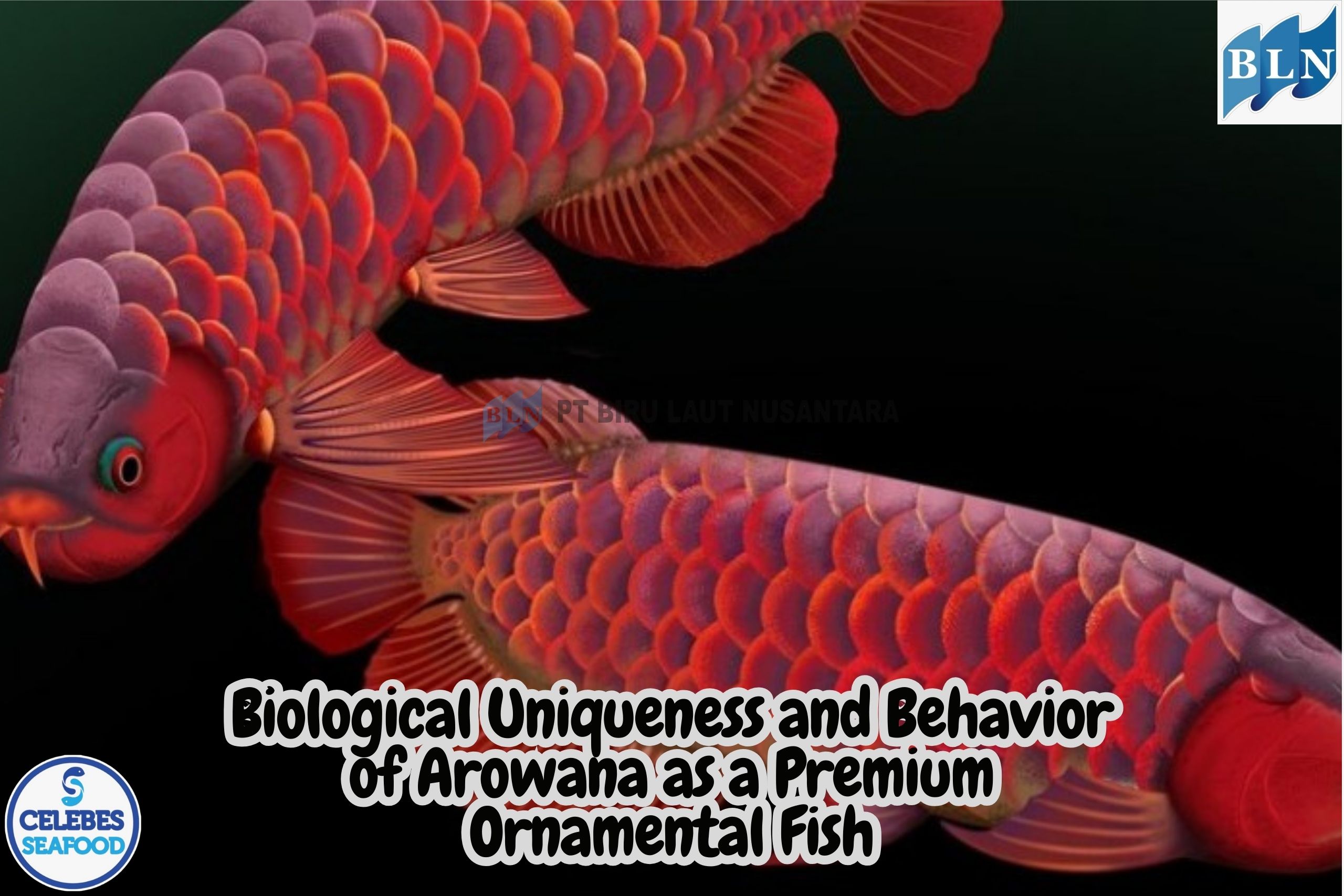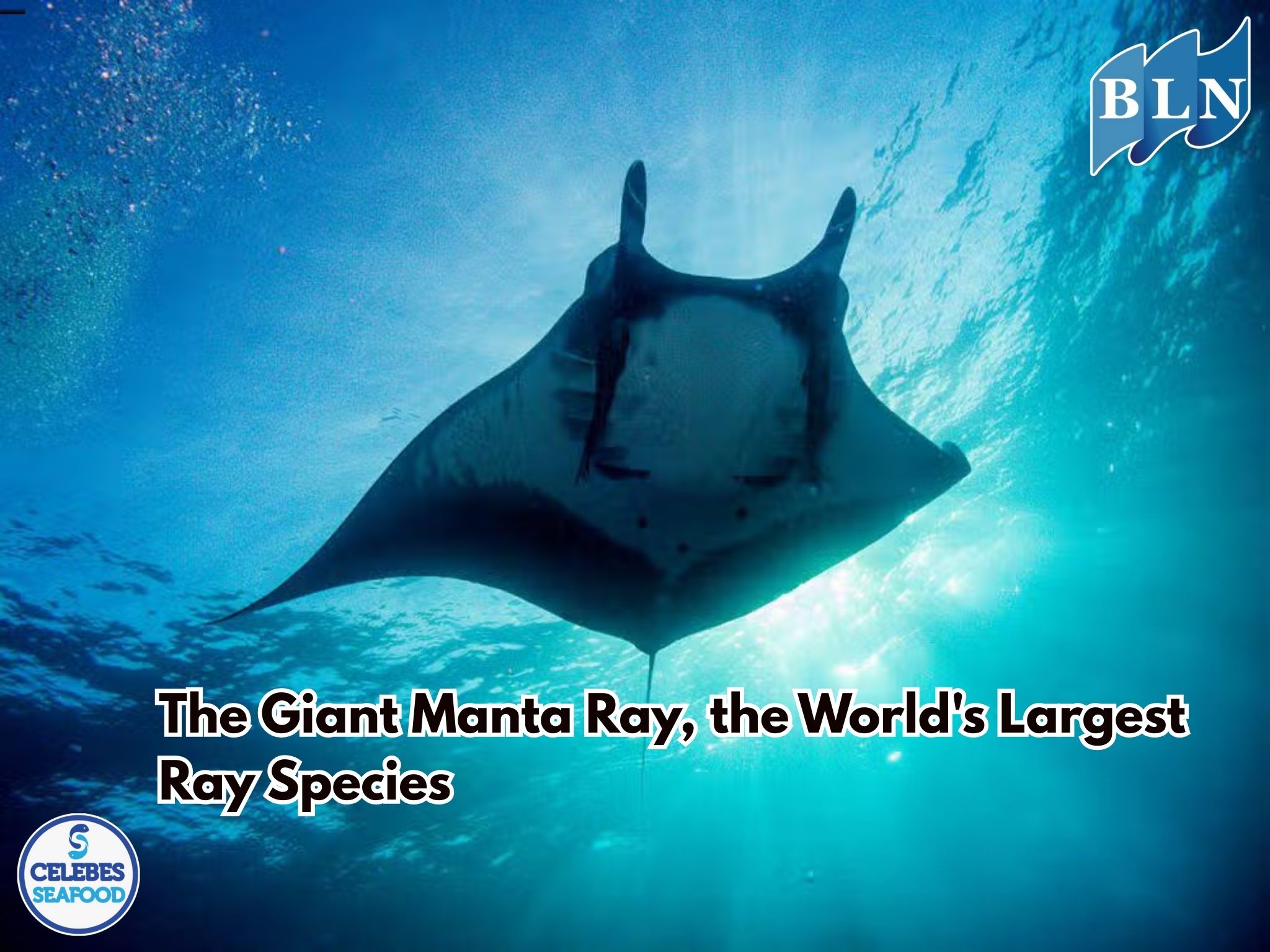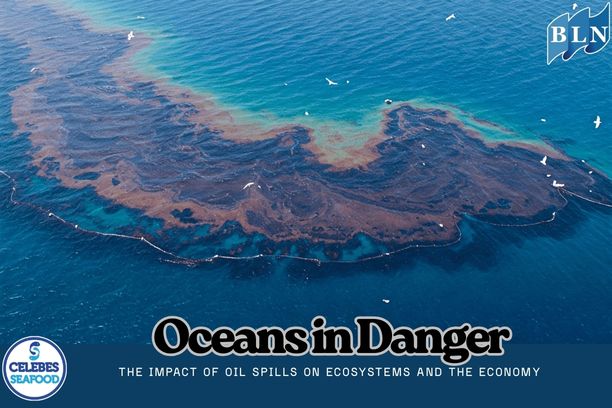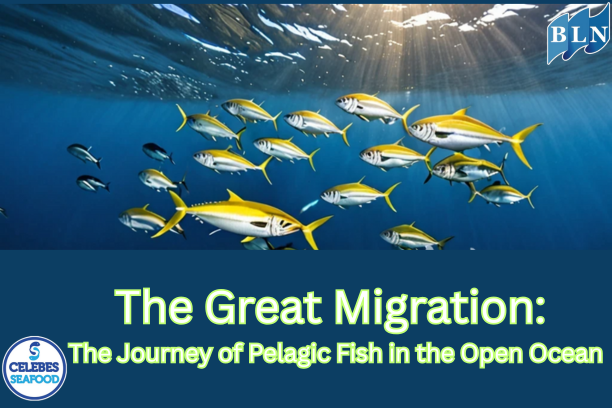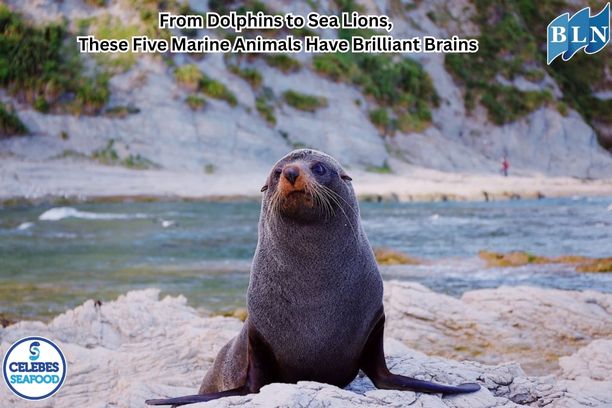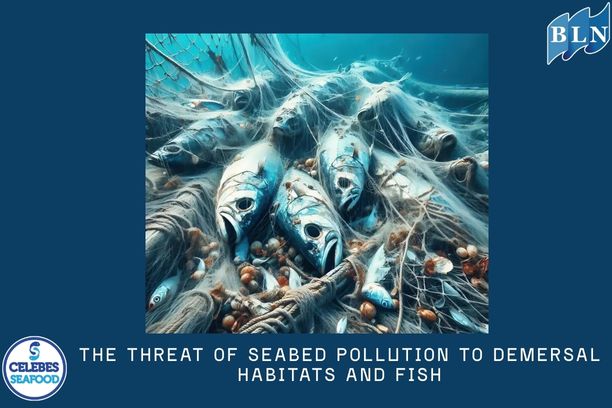Why Fish Is Suitable for Free Meal Programs in Schools and Communities
By. Tri - 27 Aug 2025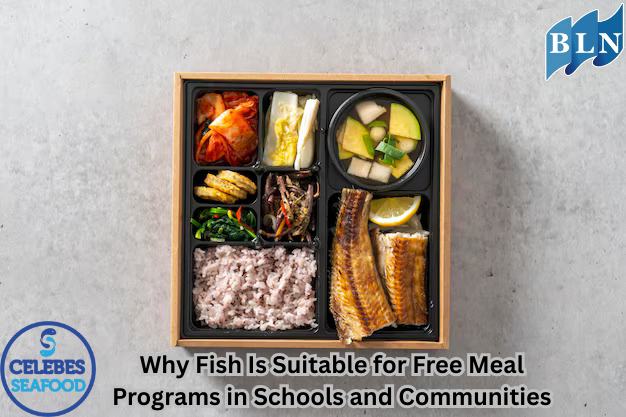
lautnusantara.com_ Free meal programs have become an important strategy to improve public welfare, particularly among schoolchildren and communities with limited access to nutritious food. Such programs are not only about filling stomachs but also about providing balanced nutrition that allows the younger generation to grow healthy, intelligent, and productive. One of the best food choices for these initiatives is fish.
Fish has long been recognized as an abundant, highly nutritious, and versatile source of protein. Beyond its health benefits, incorporating fish into free meal programs can also generate positive impacts on the economy, society, and even the environment. Below are the main reasons why fish is an ideal choice for free meal programs in schools and communities.
1. High-Quality Protein for Children’s Growth
Protein is a vital macronutrient for growth and development, especially during school age. Children need sufficient protein to build and repair body tissues, maintain muscle mass, and strengthen their immune systems.
Fish is an excellent source of animal protein that is easier to digest than red meat, making it particularly suitable for children. By including fish in free meal programs, schools and communities can help ensure children receive the essential nutrients they need for optimal growth.
2. Rich in Omega-3 Fatty Acids for Brain Development
One of the most important nutrients found in fish—especially marine fish—is omega-3 fatty acids (EPA and DHA). These healthy fats play a crucial role in brain development, concentration, and learning ability.
Studies have shown that children who consume fish regularly tend to have better focus and stronger academic performance. By providing fish in free meal programs, schools indirectly support educational success while simultaneously addressing nutrition gaps.
3. Packed with Essential Vitamins and Minerals
In addition to protein and omega-3s, fish contains a wide range of vitamins and minerals, such as:
- Vitamin D: vital for strong bones and immune health.
- Vitamin B12: supports red blood cell formation and nervous system function.
- Selenium: protects the body from oxidative damage.
- Iodine: important for healthy thyroid function.
- Calcium: especially present in small fish eaten with their bones, which helps build strong bones in children.
By offering such a complete nutritional profile, fish helps address multiple deficiencies that are often common in undernourished communities.
4. Abundant, Affordable, and Diverse
In many countries—Indonesia being a prime example—fish is abundant both from the sea and freshwater sources. Affordable options such as tilapia, catfish, or milkfish can be farmed at relatively low cost, making them suitable for large-scale meal programs.
The wide variety of fish also allows for diverse menu options, preventing children from getting bored with repetitive meals. Fish can be prepared in culturally familiar and locally acceptable ways, from soups and stews to fried, grilled, or steamed dishes.
5. Supporting Local Economies and Small-Scale Fishers
Free meal programs that prioritize fish can also generate positive economic impacts. Purchasing fish directly from local fishers or aquaculture farmers creates a stable market for them, boosting income in coastal or rural communities.
This approach creates a sustainable cycle: communities receive nutritious food, while small-scale producers gain better livelihoods. Free meal programs based on fish are therefore not just about nutrition—they are also about community empowerment.
6. Environmentally Friendly When Managed Sustainably
Compared to beef or poultry, fish farming (when done responsibly) often requires less land and feed and produces fewer greenhouse gas emissions. Sustainable fishing practices and responsible aquaculture can make fish one of the more environmentally friendly protein options.
Thus, choosing fish for free meal programs not only addresses nutrition but also supports broader environmental goals.
7. Flexible and Appealing to Children
One challenge of free meal programs is ensuring that nutritious food is also appealing to children. Fish is highly versatile—it can be turned into kid-friendly dishes such as fish nuggets, fish balls, fish soup, or even shredded dried fish snacks.
These creative preparations make fish more attractive and acceptable to children, ensuring they receive the nutrition without resistance.
Integrating fish into free meal programs in schools and communities is a strategic choice with multiple benefits. Its high-quality protein, omega-3 fatty acids, vitamins, and minerals support children’s physical growth, brain development, and overall health. At the same time, its abundance, affordability, and positive impact on local economies make it both practical and sustainable.
When prepared creatively and sourced responsibly, fish can serve as a cornerstone of free meal programs that do more than just feed children—they invest in the health, intelligence, and resilience of future generations. By choosing fish, schools and communities can ensure that free meals provide not only fullness but also long-term nourishment and opportunity.
If you are interested in our CALAMARI WHOLE ROUND,CUTTLEFISH WHOLE ROUND please do not hesitate to contact us through email and/or whatsapp.
 on the Seabed.jpg)
